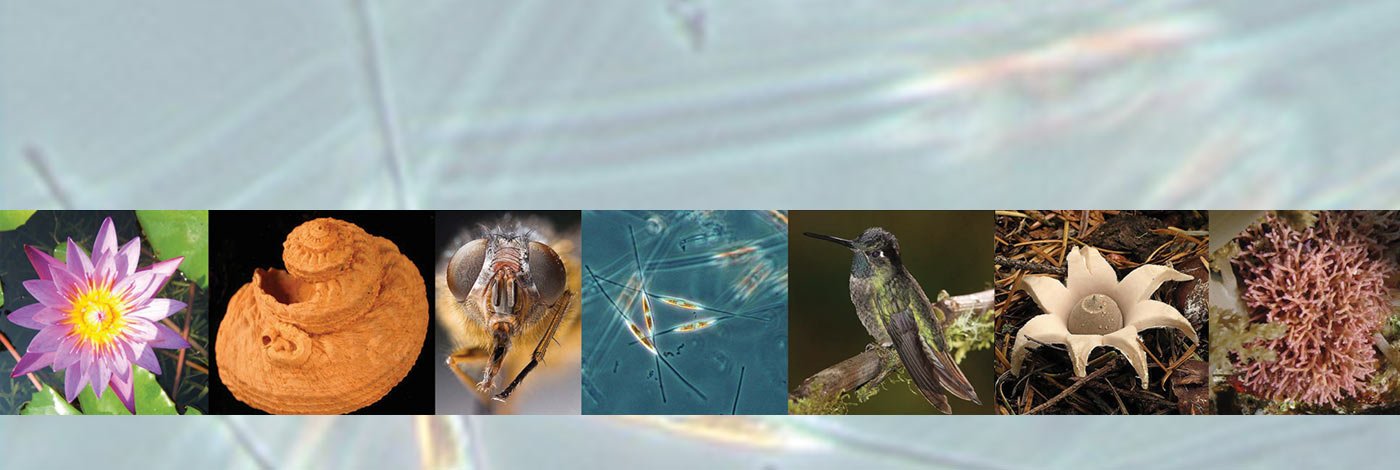

 European Journal of Taxonomy
792 (1) - Pages 1-116
European Journal of Taxonomy
792 (1) - Pages 1-116Despite several decades of active research, there are still substantial gaps in the knowledge of parasitoid wasps in Australia, with many families and genera yet to be revised using modern approaches and only a fraction of the estimated fauna currently described. The genus Glyptapanteles Ashmead, 1904 is a member of the subfamily Microgastrinae (Hymenoptera: Braconidae) and all species in the subfamily are lepidopteran parasitoids. The genus previously contained only three species known from Australia: G. deliasa Austin & Dangerfield, 1992, G. drioplanetus Fagan-Jeffries & Austin, 2021 and G. mnesampela Austin, 2000. To undertake a revision of this morphologically-conserved group in Australia, we used a combination of molecular (cytochrome oxidase subunit one (COI) and wingless genes) and minimal morphological data to delimit and describe an additional 31 species: G. austini Fagan-Jeffries & Bird sp. nov. and the following 30 species all authored by Fagan-Jeffries, Bird & Austin: G. albigena sp. nov., G. andamookaensis sp. nov., G. arcanus sp. nov., G. aspersus sp. nov., G. austrinus sp. nov., G. baylessi sp. nov., G. bradfordae sp. nov., G. cooperi sp. nov., G. doreyi sp. nov., G. dowtoni sp. nov., G. eburneus sp. nov., G. erucadesolator sp. nov., G. ferrugineus sp. nov., G. foraminous sp. nov., G. goodwinnoakes sp. nov., G. guzikae sp. nov., G. harveyi sp. nov., G. kingae sp. nov., G. kittelae sp. nov., G. kurandaensis sp. nov., G. lambkinae sp. nov., G. lessardi sp. nov., G. mouldsi sp. nov., G. niveus sp. nov., G. rixi sp. nov., G. rodriguezae sp. nov., G. ruhri sp. nov., G. sanniopolus sp. nov., G. vergrandiacus sp. nov. and G. wrightae sp. nov. We provide a key to species groups and to the species able to be identified on morphological characters alone. Additionally, we provide a brief discussion of the difficulties in describing small, morphologically conserved wasps and the challenges associated with revising the taxonomy of hyperdiverse taxa in the context of the planned mission of Taxonomy Australia to accelerate the documentation of Australia’s biodiversity.